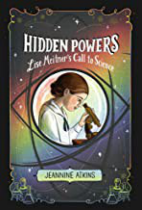
A biographical novel in verse about Lise Meitner, an Austrian Jew and physics professor in Nazi Germany who escaped to Sweden and whose work led to the discovery of nuclear fission. Includes author’s note and timeline.

A biographical novel in verse about Lise Meitner, an Austrian Jew and physics professor in Nazi Germany who escaped to Sweden and whose work led to the discovery of nuclear fission. Includes author’s note and timeline.
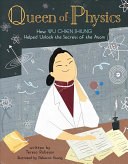
“When Wu Chien Shiung was born in China 100 years ago, girls did not attend school. But her parents named their daughter “Courageous Hero” and encouraged her love of science. This biography follows Wu as she battles sexism at home and racism in the United States of America to become what Newsweek magazine called the “Queen of Physics” for her work on how atoms split”–
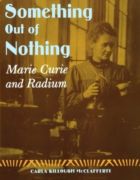
Meet Manya Sklodowska, better known today as Marie Curie, the co-discoverer of radium, and who became the first woman awarded the Nobel prize for her work on the discovery. Learn what life was like for Marie, and the effect her discovery had on the world.
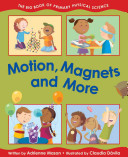
Where do the bubbles come from in a piece of cake? Why do triangles make a structure stronger? And how come magnets don’t stick to the wall? This colorful and straightforward introduction to the physical sciences gives young readers an easy-to-understand overview of such concepts as materials, forces, structures, solids, liquids and gases. Explanations are accompanied by simple, fun activities, including building a structure out of dried spaghetti and inflating a balloon with a gas made by combining vinegar and baking soda. Parents and teachers will find more explanations, activity ideas and a helpful glossary in the back.
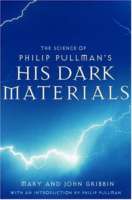
Philip Pullman’s His Dark Materials trilogy is renowned for its mystery and magic. What’s the truth behind it all? Is the golden compass actually based in science? How does the subtle knife cut through anything? Could there be a bomb like the one made with Lyra’s hair? How do the Gallivespians’ lodestone resonators really work? And, of course, what are the Dark Materials? Drawing on string theory and spacetime, quantum physics and chaos theory, award-winning science writers Mary and John Gribbin reveal the real science behind Philip Pullman’s bestselling fantasy trilogy in entertaining and crystal-clear prose.